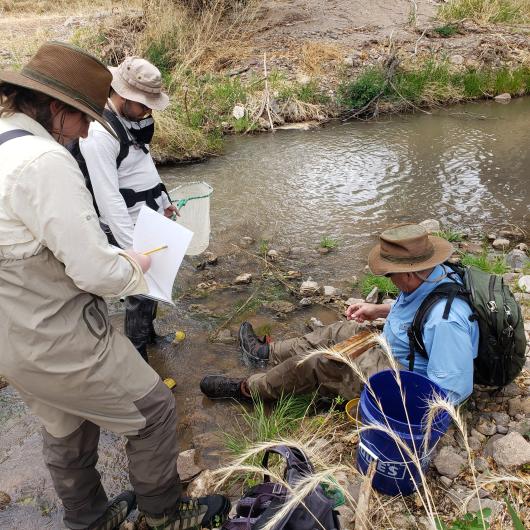Related Stories
- Yuma Field Office saves the day for nearby helicopter-aided conservation effort
- BLM gives presentation at the 30th Meeting of the London Group on Environmental Accounting
- BLM contributes to White House Frontiers of Benefit-Cost Analysis
- Bureau of Land Management participates in American Indian Science and Engineering Society conference
- BLM employee couple brings veteran skills to public land management



